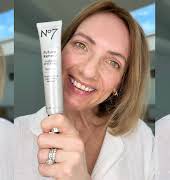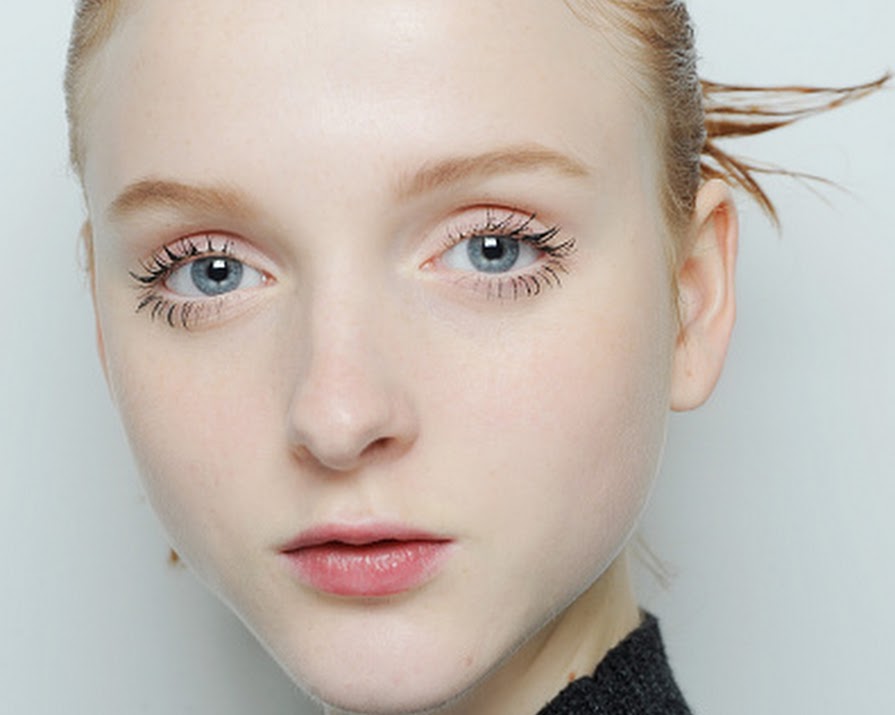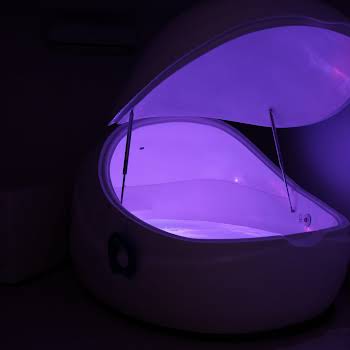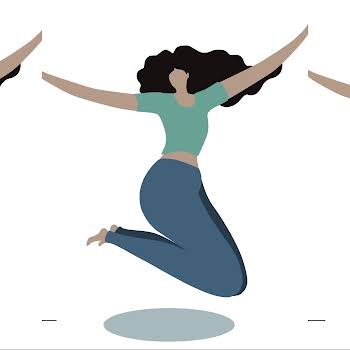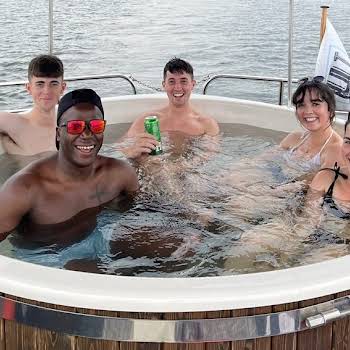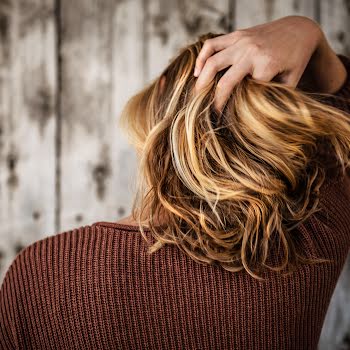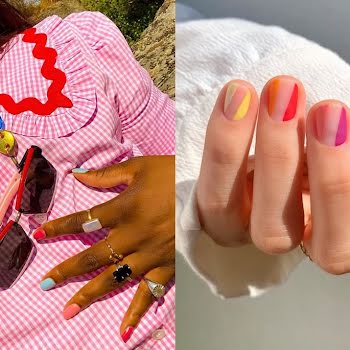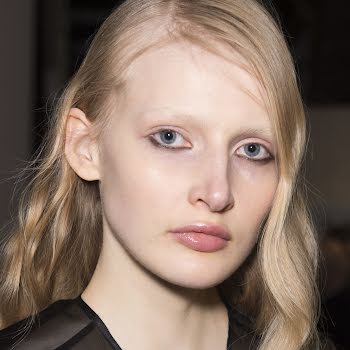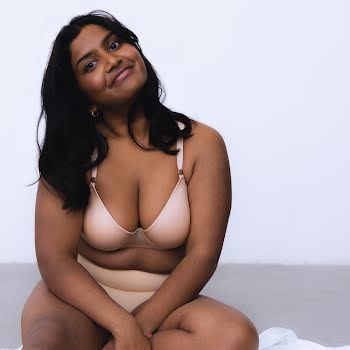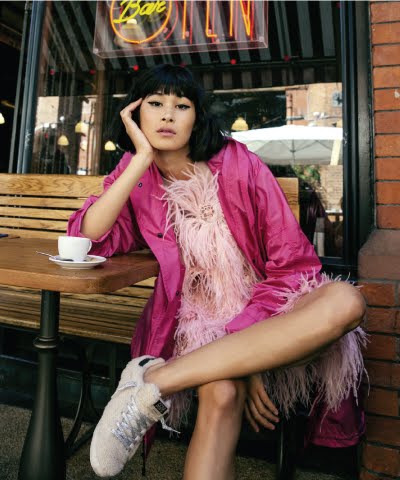
By Melanie Morris
25th Apr 2016
25th Apr 2016
It’s one thing to suffer from everyday issues like dehydration, clarity and lines, but what if your skin is higher-maintenance and your problems need more specific solutions? MELANIE MORRIS and specialist dermatology nurse Selene Daly examine the most common Irish skin complaints and address how to handle them.
READ MORE: Skin Wars: Contact Dermatitis
Acne
WHAT’S GOING ON HERE?
During our teens, the circulating hormone levels increase, and so does sebum production, which makes the skin look and feel greasy, and can block pores. Blocked follicles can cause whiteheads and blackheads, and this is the first stage of acne. The second phase occurs when bacteria called P acnes become trapped under blocked pores, multiply and cause red, inflamed spots.
WHAT’S THE SOLUTION?
Treatment can be divided into topical and oral. Topical preparations can include benzoyl peroxide, antibiotics and vitamin A derivatives. Oral antibiotics like Isotretinoin or Roccutane are effective and prescribed by dermatologists for long periods (four to six months).
An appropriate cleansing and moisturising routine, using sensitive products, must be adhered to. Over- stripping the skin is not recommended. Astringent products over-dry the skin, which causes irritation and itchiness and encourages the skin to make more sebum, which starts off the cycle again. Make-up and skincare should be labelled ?oil free? or ?non-comedogenic?.

PRODUCTS TO TRY
A glycolic cleanser can gently boost the skin’s overall condition by gently exfoliating the surface to increase cell turnover. Try this twice weekly for acne-prone skin. Glycolic acid is the most refined molecule and very gently removes dead cells and clears the skin. Elave Rejuvenating Cleansing Treatment, €26.95, contains 12% glycolic acid. La Roche-Posay Effaclar Anti-Blemish System, €34.99, works gently and effectively on acne-prone skin.
This article originally appeared in the May issue of IMAGE, on shelves now.?



